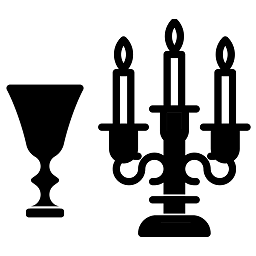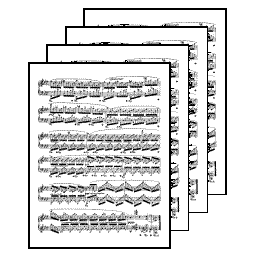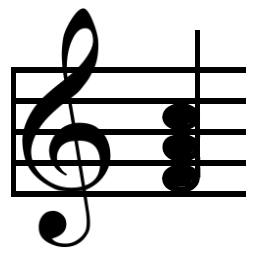The Requiem is used to create a solemn setting for the Roman Catholic Mass for the dead. The mood of this music is meant to represent the solemnity or dignity of the occasion. Many composers have used this type of setting..
The Singspiel, German for "play with singing," originated in the mid 16th century with upcoming Austrian and German composers. During this period numerous comic singspiel compositions were produced. The singspiel form as we...
The sonata as known today is a 19th century Romantic development which was literally a couple hundred years in the making. It has become the primary norm in large scale orchestral concert works. William Newton noted this referring to the term 'symphony' as a 'sonata for orchestra' He coined this notion 'the sonata idea.'
The Song Cycle was developed in Germany during the early 19th century. Song Cycles are groups of songs with musical accompaniment. The lyrics are often taken from poems or the works of a single poet and based on a theme..
During the early 15th century the Suite was born, though similar writings had occurred earlier in the former century. The suite began as an instrumental form comprised of a series of movements of the same key. Early suites took on..
The symphony is a large musical composition for orchestra which is usually written in four linked movements. The word Symphony is of Greek origin and is defined as "sounding together." The term was applied to various forms of ensemble music..
As the name implies, a Theme is a musical form which is repeated over and over but has changed somewhat with each repetition. The changes may evolve around the melody, harmony, rhythm, or tones of the composition. Often the theme's..
The word Toccata comes from the Italian 'toccare' meaning "to touch." The toccata is written for keyboard to offer keyboardists the opportunity to showcase their musical abilities. Originally, the form was written for organists. As the form increased in 16th...
A chromatic key is described as the pitch of a tone measured in vibrations per second or the pitch range of a scale, instrument, or composition, that range being the distance from the primary keynote to it's octave up or down the scale. Enharmonic is the identical tone or chord included within a different key or scale.
A chromatic interval is described as the number of steps between tones, a step being the distance of pitch from one tone of the scale to the next or the distance between two notes of a scale and on the staff. The interval (third, fifth, octave, etc) is merely a method of separating and identifying that distance of tones or chords between the different keys













